Ozone’s Long Path to Recovery
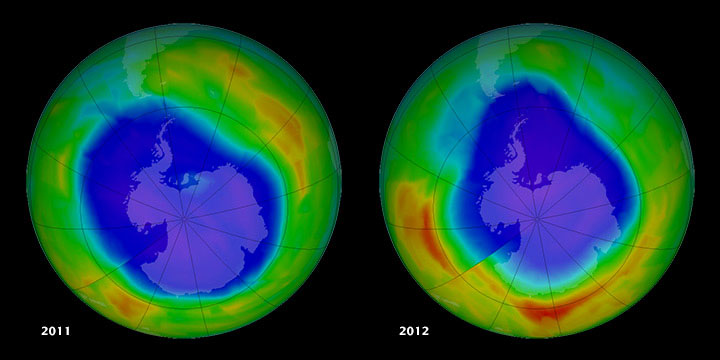
The holes that formed in the ozone layer over Antarctica in 2011 and 2012 are a study in contrasts. The 2011 hole ranked among the ten largest recorded since the 1980s, while the 2012 hole was the second smallest. Why were they so different? Is it a sign that stratospheric ozone is recovering?
Study Links BP Oil Spill To Dolphin Deaths

US government scientists have for the first time connected the BP oil disaster to dolphin deaths in the Gulf of Mexico, in a study finding direct evidence of toxic exposure.
Coastal Erosion Sparks ‘Sand Wars’ In New England
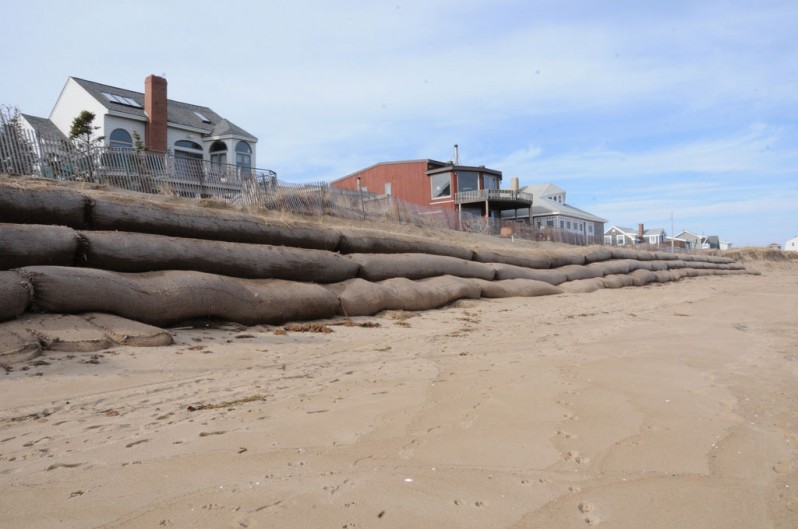
It’s the time of year our neighbors who live near the ocean fear the most. It’s the winter when storms pound our coast and steal tons of sand from our beaches. And the bigger problem is that available beach sand is becoming hard to find.
Decade of Fire Island Research Available to Help Understand Future Coastal Changes
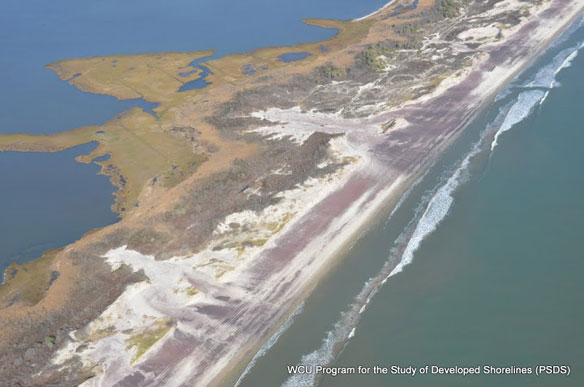
In addition to understanding the impacts of the storm, USGS scientists are integrating analyses of short- and long-term coastal change to better understand what factors affect coastal shorelines and how geologic controls, sea-level rise and human activities contribute to their vulnerability. Results of the research at Fire Island are applicable to other barrier systems.
Evidence of Mass Extinction Associated With Climate Change 375 Million Years Ago

Researchers have found evidence for catastrophic oceanographic events associated with climate change and a mass extinction 375 million years ago that devastated tropical marine ecosystems.
Better Protection for Mangroves With Models for Successful Seedling Establishment
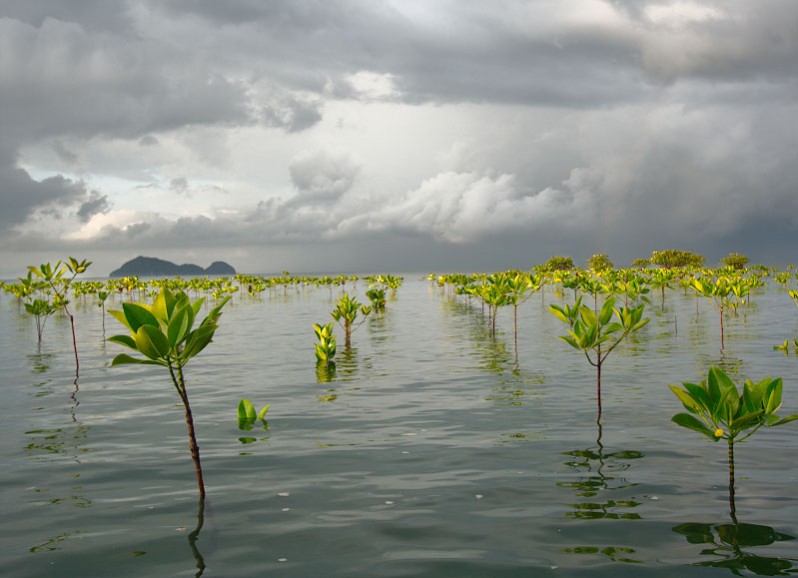
Seedlings of mangroves do not have an easy time to get established. Many forces of nature work against their anchorage in the soil.
Drilling Will Cost the Arctic its Wildness
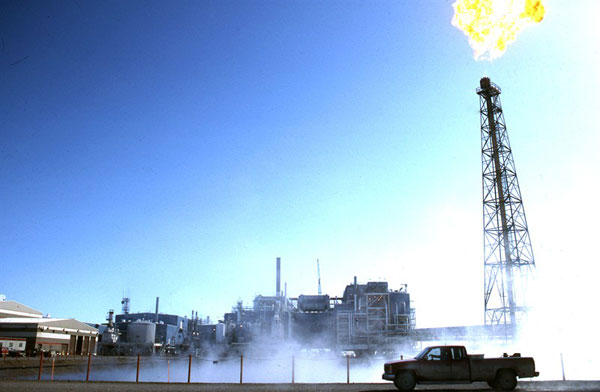
The Arctic has long repelled most industrial development, despite vast reserves of oil and gas. However, Arctic’s ability to foil human incursions is beginning to change as the surrounding region warms twice as fast as the rest of the globe.
Communities of Southern Chesapeake Bay Find Sea Level Rise Heightened by Sinking Land

Communities and coastal habitats in the southern Chesapeake Bay region face increased flooding because, as seawater levels are rising in the bay, the land surface is also sinking. A new USGS report concludes that intensive groundwater withdrawals are a major cause of the sinking land, that contributes to flooding risks in the region.
Marine Plastic Pollution: The Threat Pervading Australia’s Waters
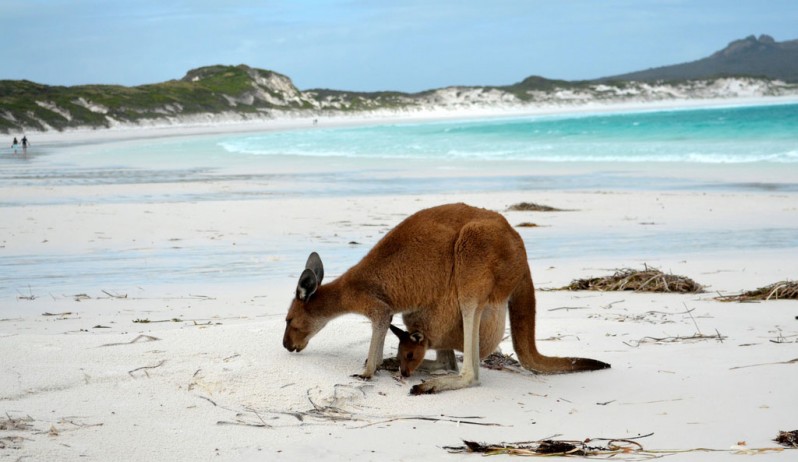
The waters around Australia are riddled with more than 4,000 tiny pieces of plastic per square kilometre, posing a threat to marine life and humans, new research has found.
